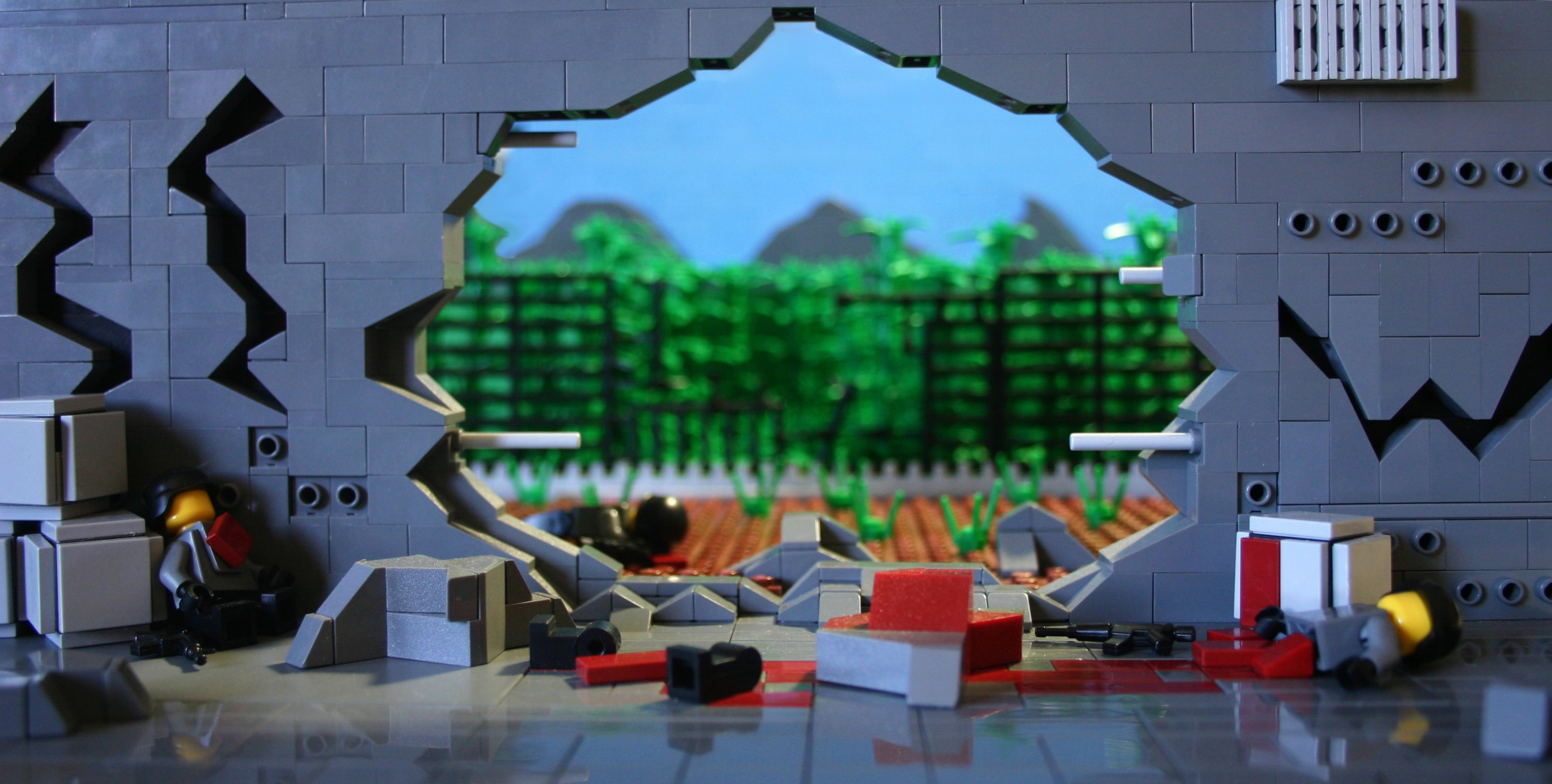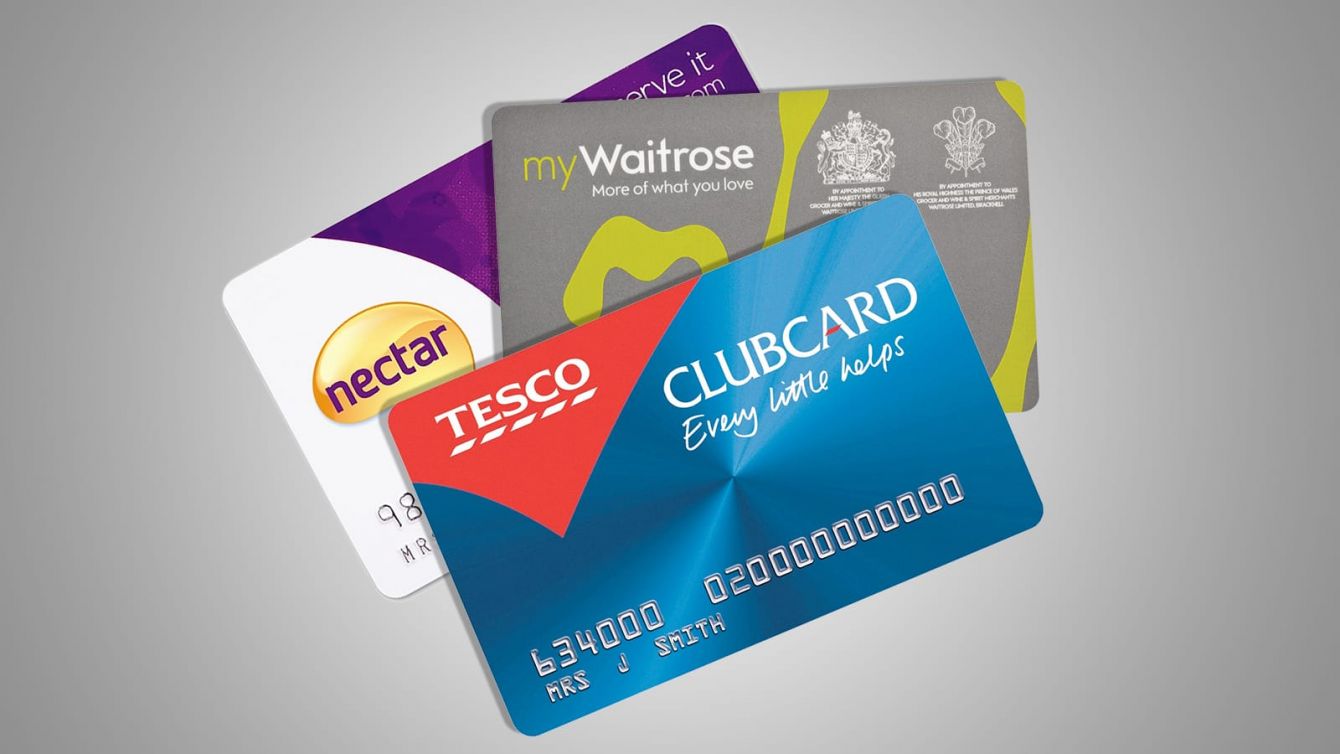Not everyone has a shopper insight team. Not everyone has a shopper research budget. Not everyone has a research budget period. So how to get those precious “aha moments” on the cheap? Whilst many of us prefer to have everything backed up by data that isn’t always practical for everyone. And even if you have loads of data, this is a sure fire technique to help any marketer or insight manager get more out of pretty much any report or spreadsheet.
Go to a store.
I posted a while ago on this (hands up those of us who haven’t been to a store since, and I don’t include your own shopping in that!)? Going to stores is a great way of checking in on what is happening, staying in touch with the world we operate in, and seeing things from the shopper point of view. It takes time though, and most managers I meet don’t have too much of that, so how to get the best out of a store visit, and more specifically, in response to a question from Hary on Linkedin how to get an “aha” moment in-store.
We all know what one of those moments are, and we know how precious they are, so here are twelve tips to getting “Aha Moments” in a store
- Walk like a shopper. Don’t rush to your home shelf and bask in the glory of just how good that new packaging looks on-shelf, or just how huge the new display is. OK – Go on – you can. Its OK. Just don’t make that the sole purpose of the trip. Cameras can do that. Take a look at your own stuff by all means, but take a look objectively. View things as a shopper would. Can you actually see what you need to be able to see. At the same time, don’t pretend to be what you are not. You will subconsciously be looking for your own marketing, so you are biased. If it works for you, that doesn’t mean it will work for shoppers too. If it doesn’t work for you, there is a good chance it won’t work for shoppers either.
- Relax – Enjoy – Be patient. Do go in expecting an “AHA”:Insights are finicky things. They don’t like to be ordered about or forced or coerced. Don’t pop to a store on Tuesday when you have to finalize your new strategy presentation on Wednesday. That’s too much pressure, and your brain really doesn’t do insight under those circumstances. It can, but the odds are against you.
- Be consistent – go regularly: Insight is in part a creative process, and (especially if we’re not used to being creative on a day to day basis), that creative muscle needs some exercise. When learning how to do creative writing, experts coach that you should just write, every day. Even if it is nonsense, rubbish, it doesn’t matter. Just write. And insights are like that too. Just go to a store, look, and think. And look again. And think about it. And then go to another store the following week, and look again. Pretty soon ideas will start to flow
- Two heads are better than one: Go on your own for sure, but go to stores with others. Customers, colleagues, staff: moms, dads, sisters kids. An alternative perspective is a great way of nudging our brains out of their creative ruts, but the dialog and banter whilst in the store and in the coffee shop afterwards move ideas on and synthesize them into bigger and better thoughts. Note, careful about talking too freely with customers – they may hold you to your ideas. Also be careful about taking your loved ones to a coffee shop after walking round a store and spending the entire time talking about revolutionary merchandising solutions. Neither of these is a good idea!
- Do talk to shoppers: Don’t be a stalker and don’t be a pest. Don’t (overtly!) break store policy, but politely introduce yourself and ask a simple question. Go on. Shoppers don’t bite (often!)
- Be analytical: Stand in front of the category, any category, and try and spot the strategy. What is on promotion, what is not? Which products are grouped together, which ones are side by side? Is there a pattern in what is on promotion and what is not? Where is most space allocated? What do the signs say? Can you divine what the retailer is trying to do? What the manufacturer is after? Which manufacturers (if any) are driving the category strategy? And most importantly, what would you do differently? Even from your point of relevant ignorance, ask yourself. It might be nonsense, but that’s OK as it’s still in your head. But it might just be brilliant.
- Take notes: Many retailers don’t allow photos, but in the age of smartphones, it’s pretty simple to take pictures on the sly. Pretend you have a bad line; frown at your phone, and snap. Turn off the flash, and the sounds. Don’t worry about quality. This is for you. If you want a great pic – come back another day. Take notes too, and whilst writing is conspicuous and time consuming, recording your voice is neither. Armed with a smartphone and a headset you can chat away to yourself quite happily, and when you want to take a picture your phone is in your hand, ready.
- Observe others: I repeat, don’t be a stalker and don’t be a pest, but it’s OK to loiter and watch and see what people do. If it’s interesting, ask them about it. Watch where people go and look, but also where they ignore. Watch the shoppers who completely ignore your product and (as well as feeling slightly indignant, which is completely natural) ask yourself why.
- Don’t censor: It’s important to censor all of this. They are just momentarily flashes of potential brilliance. Much of it will be low value, impractical or just plain daft. But save the judgment for a few days, or months. Don’t kill ideas, just put them away for a different day when they may be looked at differently in a new light.
- Join the dots: This can be done in one store, or across several. What is different from aisle to aisle, or visit to visit. What was the same, what was different?
- Ponder: Allow things to soak in and allow things to ferment in your subconscious brain. Read your notes (or listen to them) and take a look at the pictures you took. Then leave it a while and then come back and write out what you think. Even if nothing new is coming; write down whatever comes to mind.
- Draw conlusions, eventually: Yes there does come a time when aha moments need to be measured, and become fully fledged insights. Data may be required to support them. Don’t make the mistake of taking an idea from a store and making it part of your plan. Check, measure, test, evaluate. Then you know you are onto a big thing.
Stores are where shopping happens (and I include virtual stores in this). My best insights often begin in a store. Do you have examples of in-store aha moments you could share? Or other places where insightful flashes of brilliance come to you? Please post below to share!
Feature image via Flickr user Alan O’Rourke






